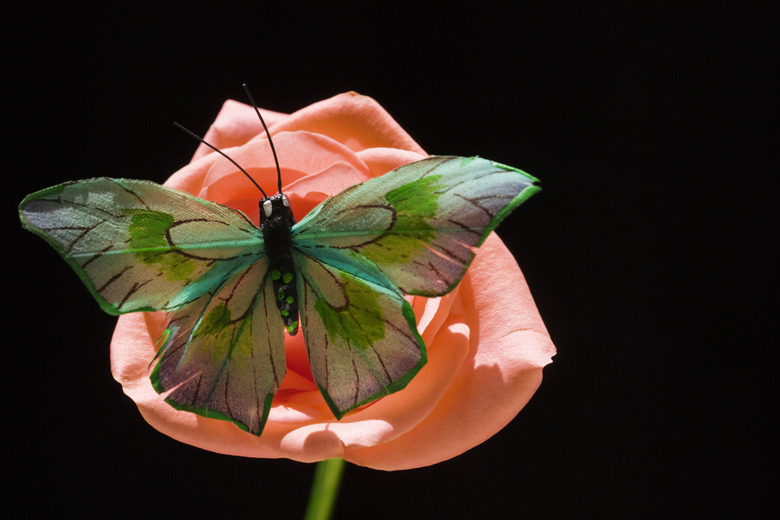5 Different Stages Of Flower Growth
Step 1
Most plants reproduce sexually through pollination, a process that starts the production of seeds. During pollination, pollen from the stamen, or the flower's male parts, is transferred to the pistil, or the flower's female part. The pollen is transferred when an animal, such as a butterfly, rubs against the pollen and transfers it to another plant. Pollination can occur when a plant's stamen is transferred to another plant's stigma, known as cross-pollination, or when transferred to the same plant's stigma, known as self-pollination.
Fertilization
Step 1
When a pollen grain comes into contact with the pistil, a thread-like tube called a pollen tube germinates from the pollen grain. The pollen tube extends down into the female plant's ovule. This process allows the sperm from the pollen grain to reach the egg cell in the ovule, which contains the female reproductive cells.
Step 2
- Most plants reproduce sexually through pollination, a process that starts the production of seeds.
- This process allows the sperm from the pollen grain to reach the egg cell in the ovule, which contains the female reproductive cells.
Seed Formation
Step 1
Seed formation begins when the sperm from the pollen tube reaches the ovule. The ovule begins to develop into a seed within the ovule's embryo sac. In some plants, such as angiosperms, also known as flowering plants, it continues its growth within the plant. In other plants, such as gymnosperms, it grows out in the open on the bracts of cones.
Seed Dispersal
Step 1
Animal dispersal happens when animals eat and digest the seeds and leave their droppings in various locations. Sometimes, a barb or a plant hair sticks to an animal and is then carried to another location. Additionally, even the slightest gust of wind also helps to disperse seeds to different locations over long distances. This especially occurs in smaller seeds, such as in dandelions, fleabane and thistle. Some seeds have long, feathery tails or thin wings that help them to fly.
Step 2
- Seed formation begins when the sperm from the pollen tube reaches the ovule.
- Animal dispersal happens when animals eat and digest the seeds and leave their droppings in various locations.
Germination
Step 1
Germination occurs when the flower sprouts from its seed and begins to develop, thus producing the flower's parts. The flower's roots, stem and leaves all begin to grow during this stage. Germination requires warmth and water, and happens after the flower's seed has been buried into the soil, which has valuable nutrients. The flower continues to grow until it reaches maturity, thus continuing the growth cycle.
